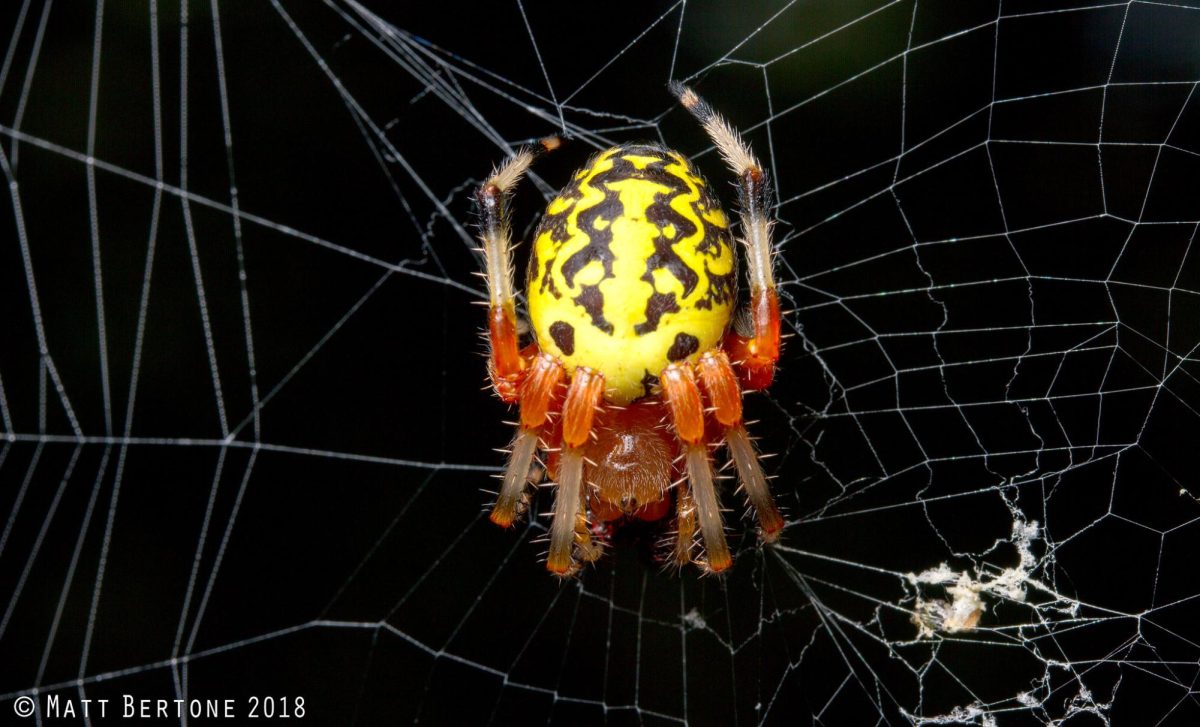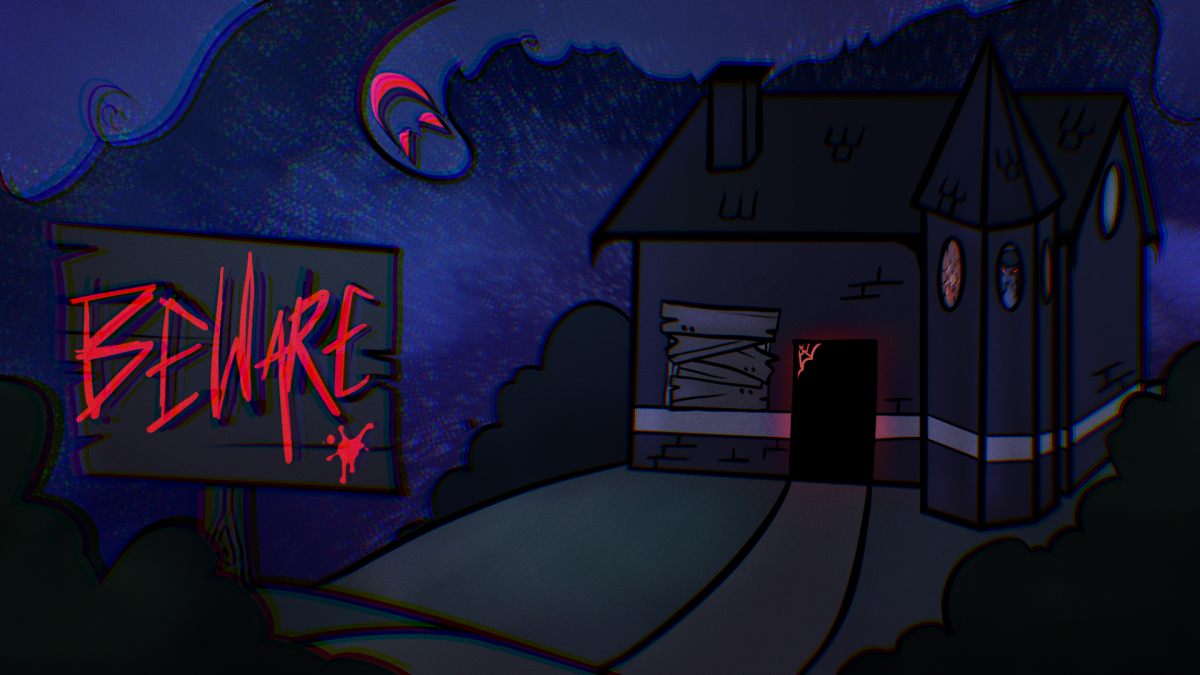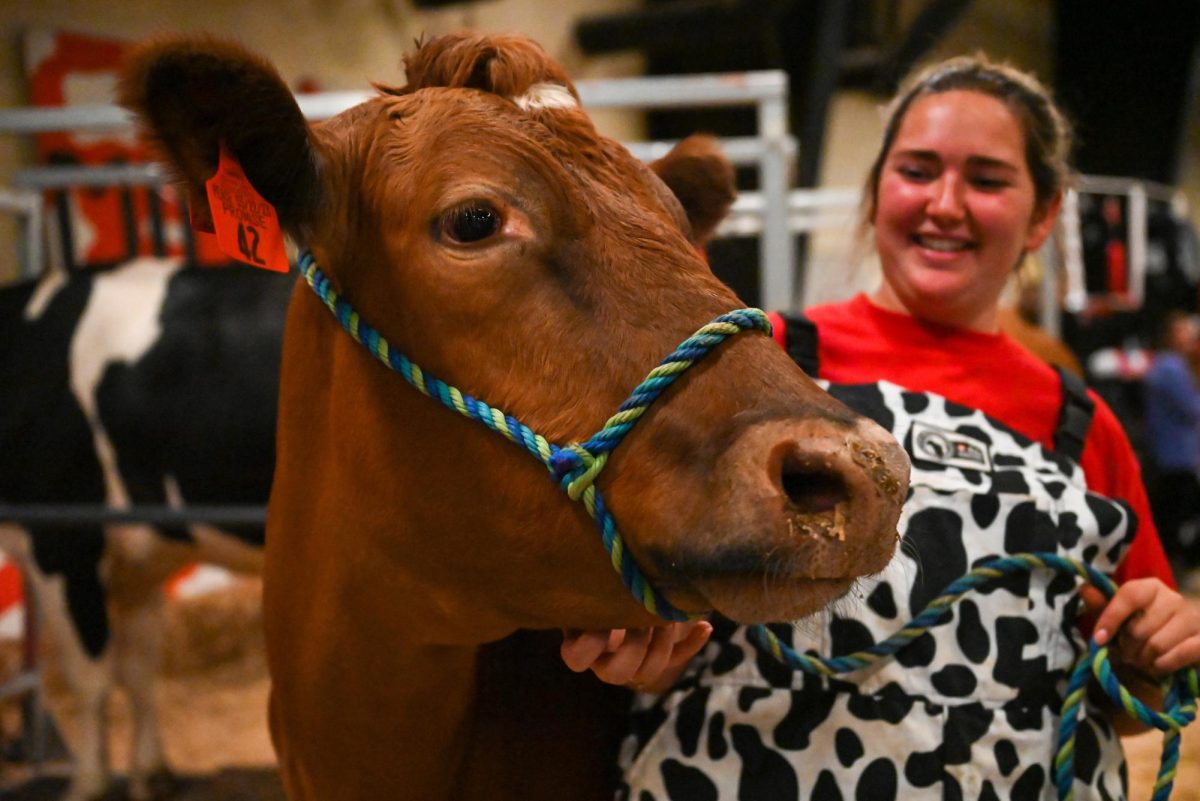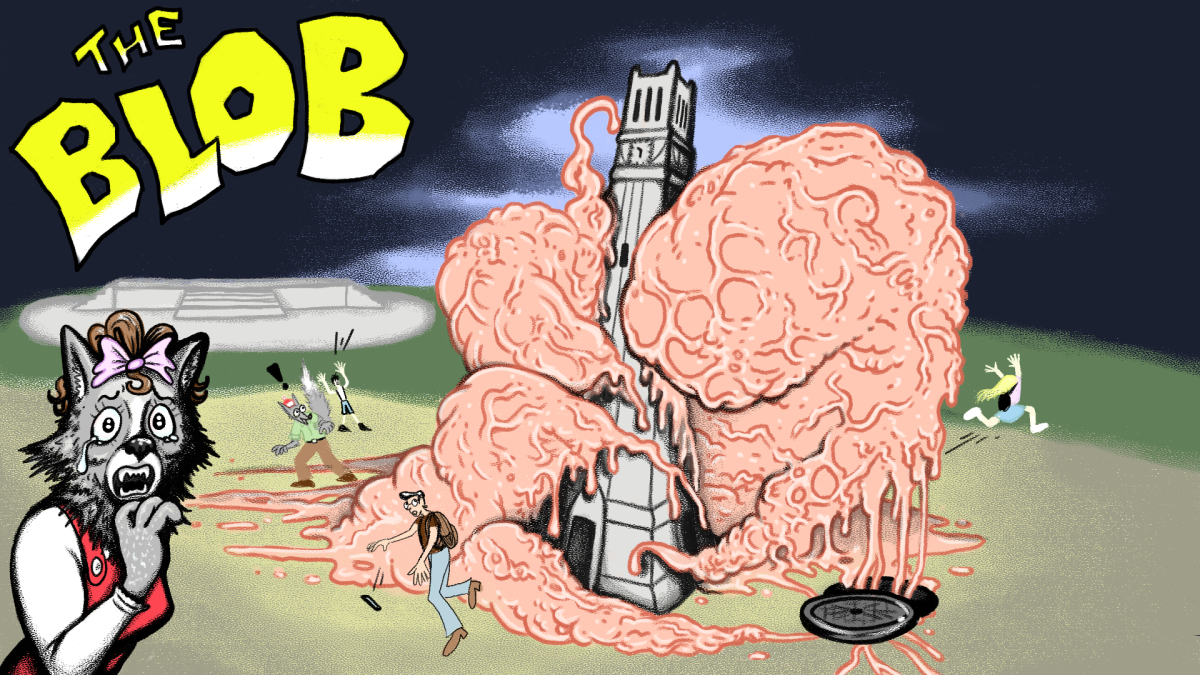As Halloween approaches, spiders, cockroaches and other creepy-crawlies once again take center stage in haunted houses, horror films and seasonal decor. For NC State entomologists, insects are essential, fascinating and often unfairly portrayed during this time of year.
Clyde Sorenson, a distinguished alumni undergraduate professor in entomology and plant pathology and recent winner of the 2025 UNC Board of Governors Award for Teaching Excellence, has been teaching Entomology 201: Insects and People for decades. He said the class was designed for non-science majors, but its goal is to introduce students to the fascinating world of insects.
“Many folks coming into the course have kind of a negative attitude towards insects, and as much as anything, I’m hoping over the course of the semester to kind of change that a little bit, because they’re really, they’re really incredible, and in so many different ways,” Sorenson said. “They’re critically important to the ecosystems that support us.”
As a part of his coursework, a significant focus on insects in the media is covered. Sorenson said it is meant to show how culture shapes perceptions of science.
“We talk about insects in movies because insects actually show up in movies in lots of different contexts,” Sorenson said. “Not just horror flicks, there’s a whole genre of animated movies that feature very anthropomorphic insects that you have a great deal of affection for.”
“They show up in lots of different contexts, but they do tend to be popular in horror movies,” Sorenson said. The reason insects work so well in thrillers and horror movies is not only their looks, but also what they represent.
“For most people, insects are already kind of alien here on Earth,” Sorenson said. “We already live among these aliens; we see them, but most folks don’t understand them very well. They do things that we find alarming … they move fast, they do weird things we don’t understand.”
Still, the media, especially during the spooky season, tends to reinforce fear rather than fascination. Movies like “Arachnophobia” and “Halloween” displays filled with giant plastic spiders make bugs seem like miniature monsters instead of miniature marvels.
Matt Bertone, an entomologist and director of the plant disease and insect clinic, has also been working in the entomology department with diagnostics. Here, he spends his days identifying insects and other arthropods for researchers and the public. He said he understands why bugs get a bad rap in movies and media. Still, he wishes people could see them for what they really are.
Aside from media and Halloween exposure, Bertone said people in general may just not be comfortable with insects due to the lack of information the individual might know about them.
“They have lots of legs and lots of appendages,” Bertone said. “And many people are just not used to seeing them up close, that’s where the fear comes from.”
As Bertone works closely with pests, he said an important thing to remember is that insects don’t only relate to humans; they relate to our environment.
“Most of our perception is obviously based on how they relate to humans, not how they relate to each other or to the ecosystems or things like that. And so when people deem things pests or useful or bad or good, it’s because it has to do with how they help humans,” Bertone said.
Aside from creepy-crawlies that appear during Halloween, Bertone said other bug representations in media can be pretty friendly.
“Sometimes they’re represented as friendly or cute or kind of companions or whatnot, or even just interesting main characters of things,” Bertone said. “So I wouldn’t say it’s always bad, but I would say probably certain groups of arthropods get [horrified], you know, I don’t see how many friendly spiders there are, but everybody’s usually afraid of spiders, and so those turn out to be kind of bad things.”
However, Bertone mentioned that apart from fictional media, other forms of media, like news coverage and social platforms, can also contribute to the mistreatment of insects.
“We’ve seen cases where people just go out and indiscriminately kill insects that look similar to what they’re afraid of that they’re seeing in the news,” Bertone said. “It could be even a fictional kind of media that could be contributing to this kind of thing, where, say, there’s some really evil villain in some show or something, and then maybe it pushes people toward hating whatever it is in real life, even though there’s no connection.”
Both entomologists agree that the best way to overcome fear is through education and exposure. Whether that’s learning about beneficial insects in your garden or just watching a spider spin its web, taking a closer look can turn disgust into wonder.
“The closer you look,” Sorenson added, “the more you realize how beautiful they are. And once you see that, it’s hard to be afraid.”
“It’s kind of funny,” Bertone said. “We call them creepy, but they’re just doing their thing. It’s not personal, they’re just living their lives.”
Jackson Davenport and Damien Reed contributed to this reporting.





